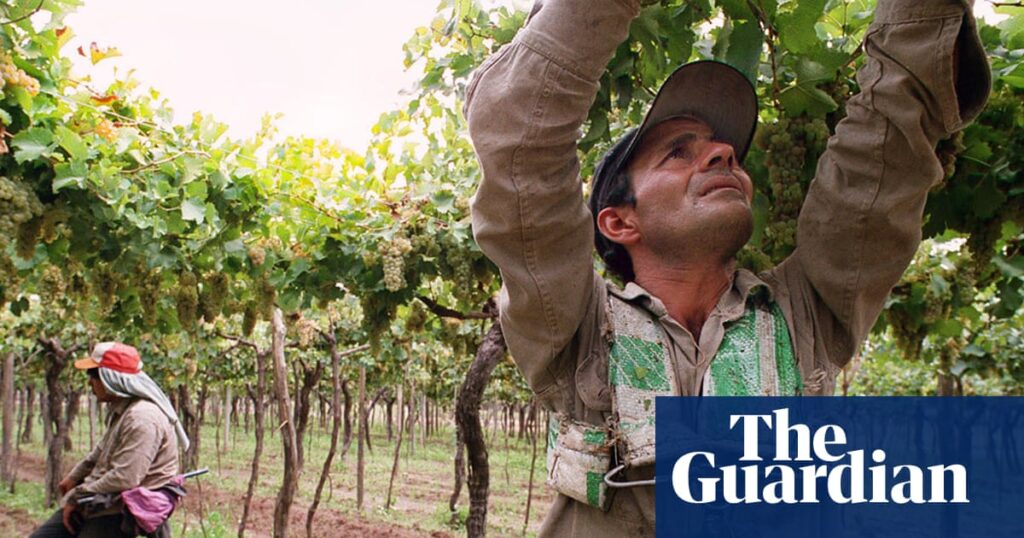
Argentinian malbec has long been synonymous with the country’s wine industry, capturing the attention of wine enthusiasts worldwide. But as Argentina’s wine scene continues to evolve, it’s becoming increasingly clear that there’s more to explore beyond this iconic grape. While malbec remains a staple, a deeper dive into Argentina’s vineyards reveals a rich tapestry of varietals that deserve recognition.
The story of Argentinian wine is deeply intertwined with its history. Malbec was introduced to Argentina in 1868 by French agronomist Michel Pouget, who was tasked with revitalizing the nation’s winemaking. Pouget’s efforts at the Quinta Agronómica de Mendoza laid the foundation for what would become Argentina’s wine renaissance. Although vines have been cultivated in the region since the 1600s, it was Pouget who brought French varieties such as cabernet sauvignon, cabernet franc, and malbec to the forefront.
The Rise and Fall of Argentina’s Wine Industry
Despite its promising beginnings, the Argentinian wine industry faced significant challenges in the 1980s. Economic instability led to a dramatic collapse, with grape and wine prices plummeting by 80% and domestic consumption dwindling. The focus on quantity over quality tarnished Argentina’s reputation, branding it as a bulk wine producer. However, this setback was only temporary, as the country has since made a remarkable comeback.
Malbec played a pivotal role in this resurgence, helping to restore Argentina’s standing in the global wine market. Yet, the spotlight on malbec often overshadows the country’s other offerings. Bonarda, Argentina’s second most-planted grape, is known for its fruity and smooth profile. It is frequently blended with other grapes to enhance complexity. Meanwhile, French varieties like cabernet franc and cabernet sauvignon thrive in Argentina’s high-altitude vineyards, producing fresh yet ripe expressions.
Beyond Red: The Underrated Whites of Argentina
While red wines dominate the conversation, Argentina’s white wines are equally deserving of attention. Cereza, a pink-skinned variety, offers floral notes reminiscent of gewürztraminer, while chardonnay grown in cooler, high-altitude regions delivers classy, mineral-rich wines. Torrontés, known for its intense aromatics, is a standout among Argentine whites. This variety, a cross between muscat of alexandria and mission grapes, has become a signature of the region.
The diversity of Argentina’s wine offerings is further highlighted by the emergence of criolla grande as a single-variety wine. Traditionally used for blending or producing inexpensive domestic wines, criolla grande is now gaining recognition for its bright acidity and red fruit characteristics.
Exploring New Horizons: Four Argentine Wines to Try
For those eager to explore Argentina’s wine diversity, several options stand out:
- Doña Paula Single Vineyard Gualtallary Chardonnay 2024: Priced at £12.95 and available at The Wine Society, this 13% ABV wine from high-altitude vineyards offers a fresh, citrussy profile.
- Santa Julia Bonarda: Available for £12.99 at Click N Drink, this 13.5% ABV wine features summer fruits like cherry and strawberry, with a hint of spice.
- Recoleta Criolla Grande Tinto 2021: Priced at £13.50 at Drinkmonger, this 13% ABV wine boasts good acidity and bright red fruit flavors, showcasing criolla grande’s growing popularity.
The exploration of Argentina’s wine landscape beyond malbec reveals a vibrant and diverse industry that continues to evolve. As winemakers experiment with different varietals and techniques, the future of Argentine wine looks promising, offering wine lovers an array of choices that extend far beyond the familiar malbec.
As Argentina’s wine industry continues to innovate and expand, the world is taking notice. The country’s commitment to quality and diversity ensures that its wines will remain a staple on the global stage, inviting enthusiasts to discover the rich flavors and stories that lie within each bottle.





